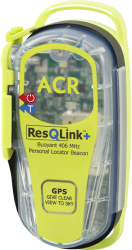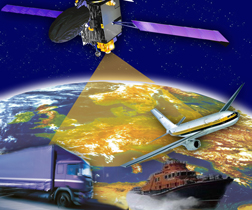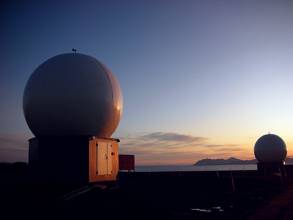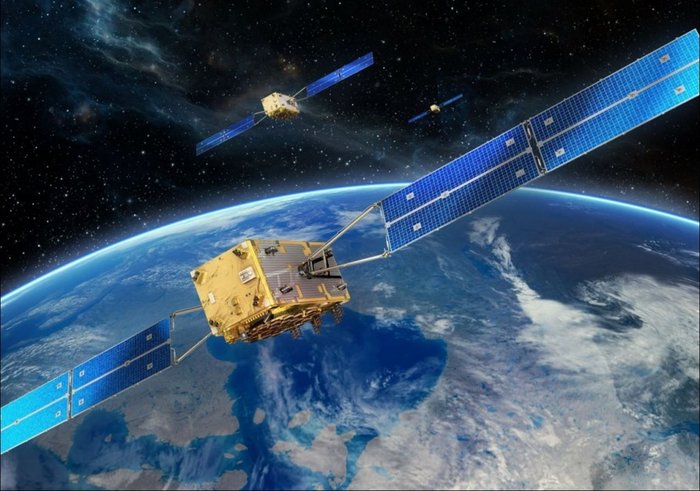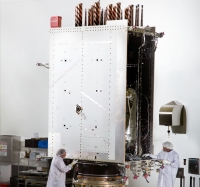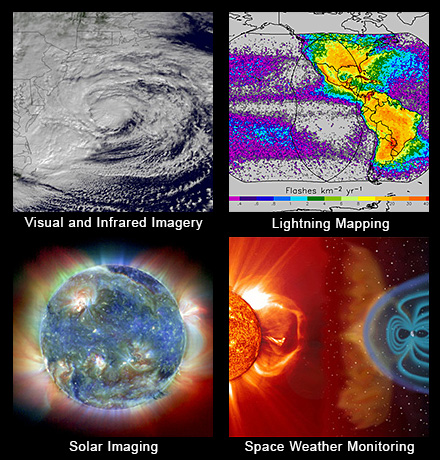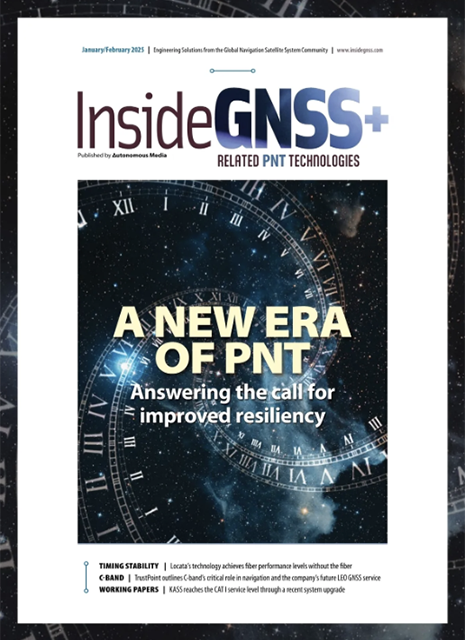New Research Says Turbulence Not to Blame for GNSS Outages During Northern Lights
Last week, researchers at the University of Bath in England announced findings indicating for the first time that turbulence does not take place within the Northern Lights and instead that unknown mechanisms are responsible for the outages of GNSS. This research concludes that new technology can be developed to overcome these outages from the Northern Lights, also known as aurora borealis.
By Inside GNSS


